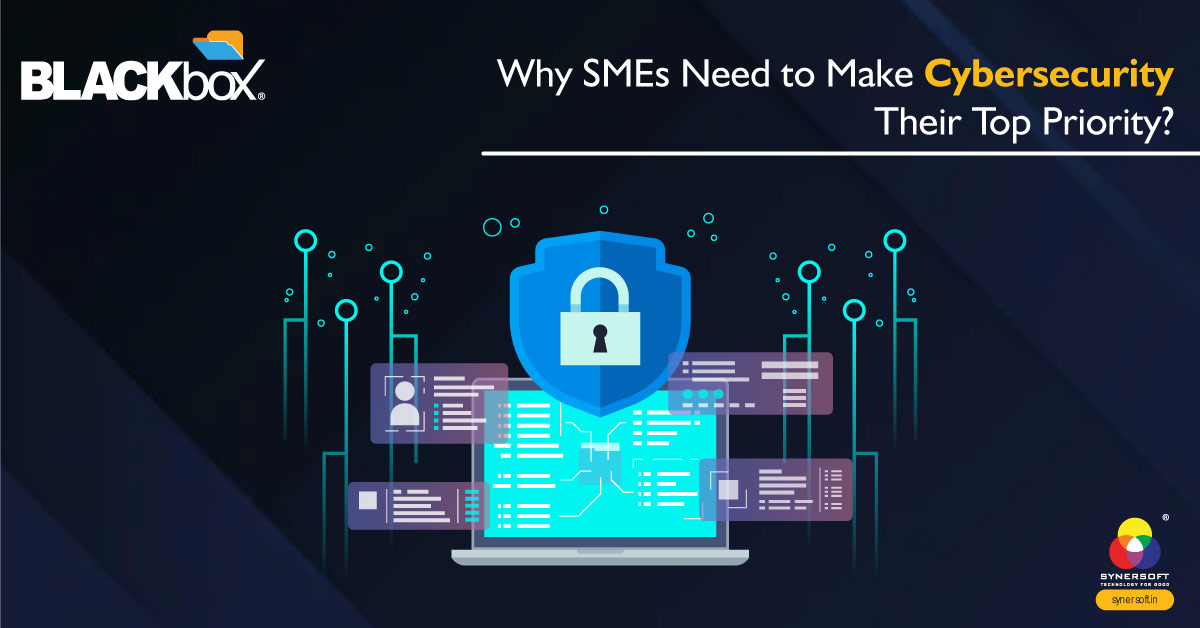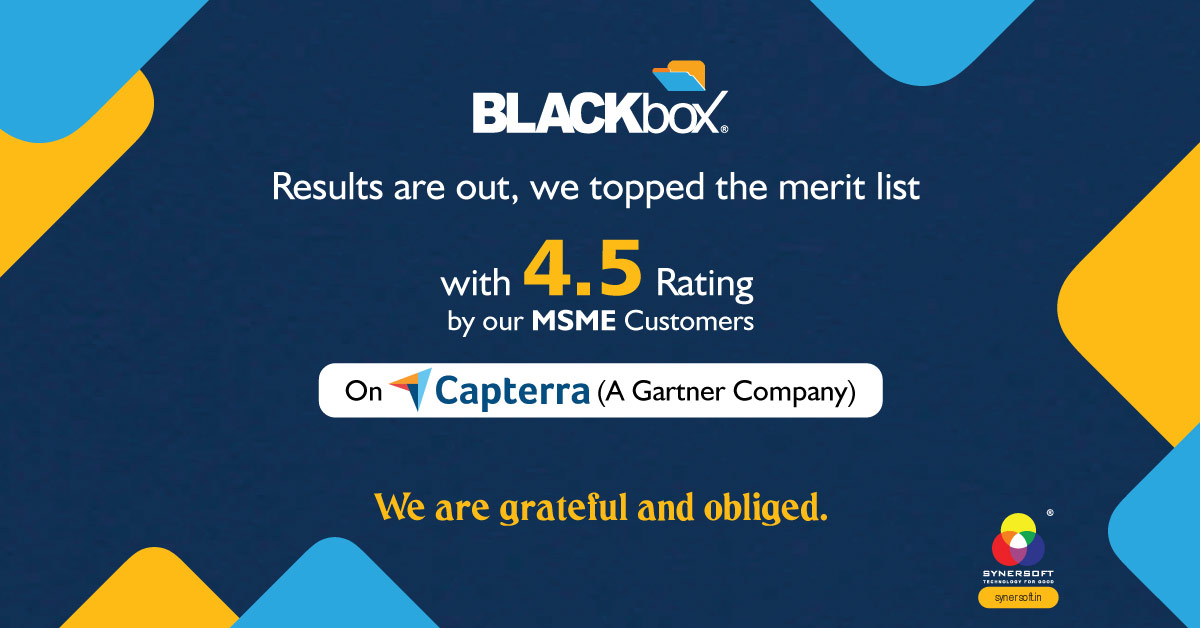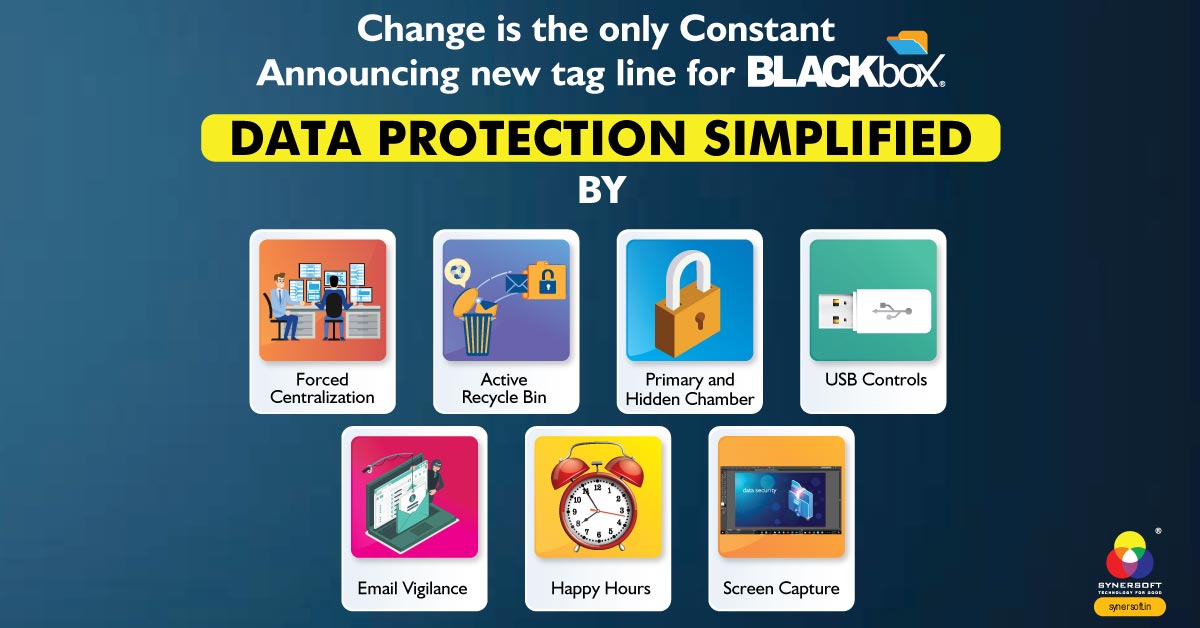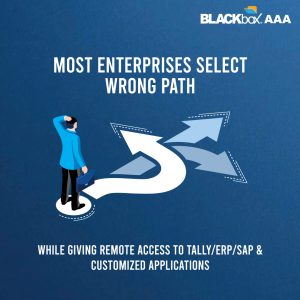- Have any questions?
- info@synersoft.in
3 Problems You can’t afford to Ignore about Cloud Backup
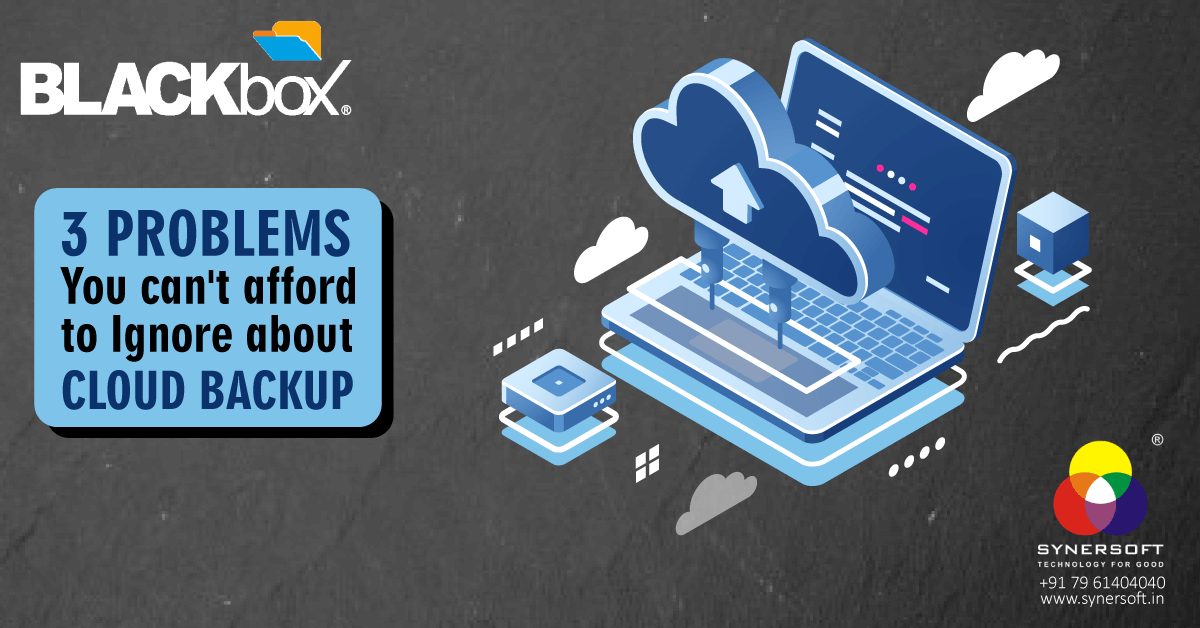
I am writing this blog to highlight three serious problems you cannot afford to ignore while planning your off-premise backup on the cloud.
Widely popular cloud backup services are Google’s Drive, Microsoft’s Onedrive, and Dropbox. Basic versions of these services are more consumer focussed and less enterprise focussed. MSMEs try to use these services for backup of their data on laptops and desktops.
In their pursuit to fit these consumer-centric solutions to fulfill enterprise requirements, they tend to ignore three serious problems.
Instead of narrating them, I will explain some simple examples.
Looking London, Talking Tokyo Problem
When you activate cloud backup service on a user’s computer, you have to select a list of folders of which backup will happen. Here is the catch. Have you ever thought of what if the user saves data in other folders that you have not selected to include in the backup? What if the user changes the list of folders itself?
In both possibilities, your backup will not happen.
You think you are the Boss, but not.
As an enterprise owner, you are also the data owner on the user’s computers. That’s why you want that backup to happen. And that’s why you subscribe to cloud backup services. Users may not be so serious about cloud backup as you are. You can only activate cloud backup service on a user’s computer. Then everything is at the user’s discretion. A user can pause the backup, and even cancel the backup.
Nonetheless, a user can swap your cloud backup account with a personal one. The height of the problem is, you will not come to know if the user has done it.
Shhh. Don’t tell anyone. And everyone knows
When you set up your cloud backup account on a user’s computer user can access that cloud backup account, share data with anyone. Your enterprise data is like a cake anyone can eat.
You have no control who accesses your business secrets, IPR, designs, drawings, cost sheets, and whatever.
Is that so hopeless for MSMEs?
No, there are cost-effective technologies designed for MSMEs.
-
They can force the user to save data in designated folders for which backup happens on the cloud. It does not leave any choice for the user.
-
They run in the background in invisible mode, and the user cannot pause it, cancel it, or swap it with some other account.
-
They send a daily report on the status of the backup of each computer. So, you know it first rightfully.
-
The backed up data in encrypted form and is not accessible to the user. The user cannot see it, share it. When required, only the admin can restore the data.
-
Such technologies can even segregate enterprise data from voluminous personal data. They take the backup of enterprise data only, to save cost and bandwidth.
Check this video to understand how it works.
I hope that you find this analysis useful. Signing off for now,
Best Regards,
Vishal Shah
Founder and CEO
Synersoft Technologies Private Ltd

